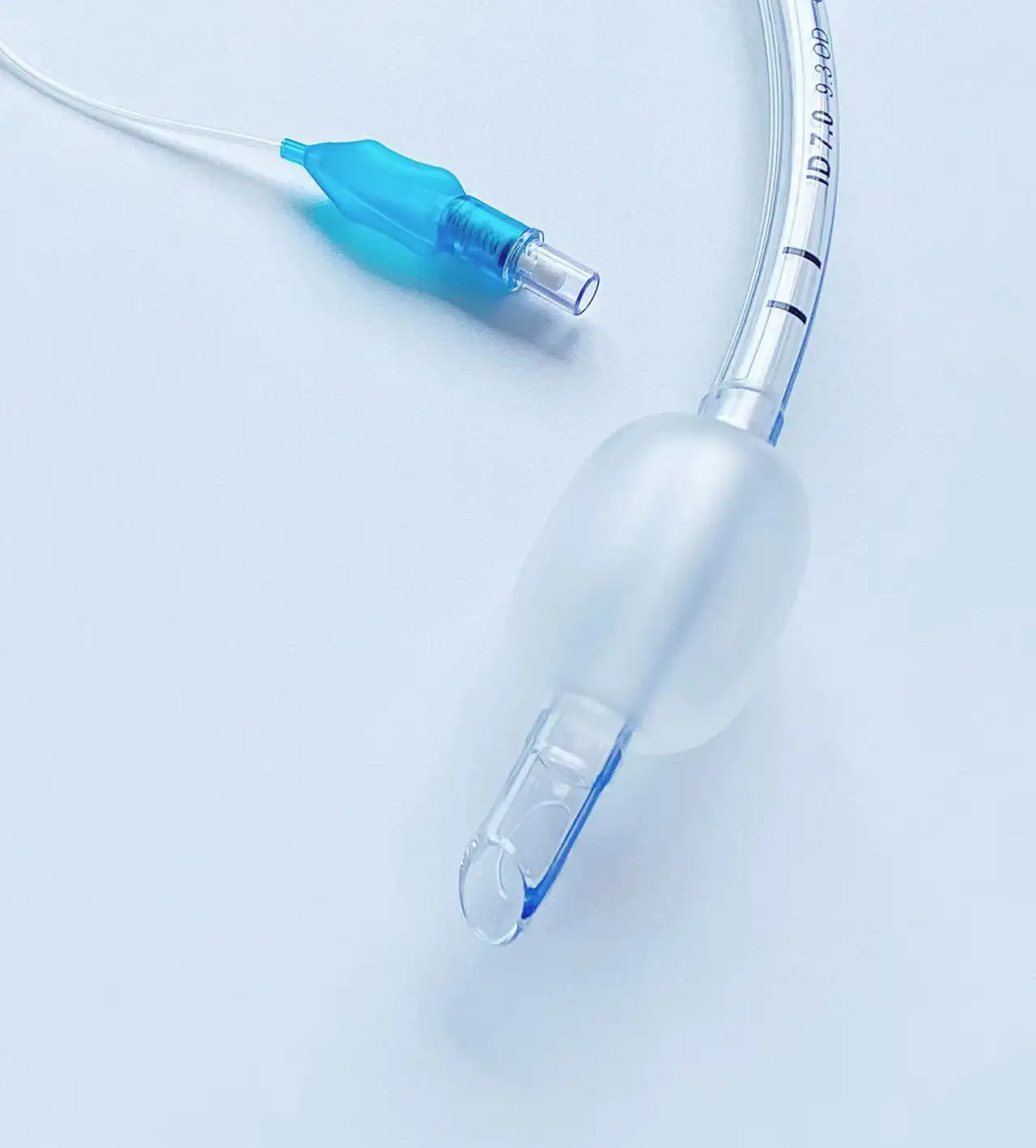The Role of Epidural Kits in Modern Healthcare
Pain management is one of the most critical aspects of modern medical care, especially in surgeries, labor, and chronic conditions. An Epidural Kit provides clinicians with the essential tools to perform epidural anesthesia, a technique that blocks pain signals and offers patients relief without the need for general anesthesia. By using an Epidural Kit, healthcare providers can deliver targeted medication directly to the epidural space, ensuring effective pain control and greater patient comfort. The growing use of this technique reflects the importance of having reliable and well-designed kits in hospitals and clinics.
Understanding Epidural Kits
Components of an Epidural Kit
An Epidural Kit typically includes specialized equipment such as epidural needles, catheters, syringes, connectors, and filters. Each component is designed to ensure precision, sterility, and safety during the procedure. The needle allows access to the epidural space, the catheter enables continuous drug delivery, and the filter prevents contamination. Having these elements in one package makes the process more efficient and reduces the risk of errors. A standardized kit ensures that every step can be performed consistently by different practitioners.
Purpose of Epidural Kits in Medical Practice
The primary purpose of an Epidural Kit is to provide a ready-to-use, sterile solution for delivering epidural anesthesia. It simplifies the preparation process and ensures that all necessary items are available in one place. This convenience supports healthcare professionals in managing time-sensitive situations such as labor pain or emergency surgeries. Moreover, it improves patient outcomes by enabling accurate and safe administration of medication. In short, Epidural Kits represent both convenience for clinicians and safety for patients.
How Epidural Kits Work in Pain Management
The Mechanism of Action
Epidural Kits are used to administer local anesthetics or analgesics into the epidural space surrounding the spinal cord. These medications block the transmission of pain signals from the nerves to the brain, providing targeted pain relief. Unlike systemic medications that affect the whole body, epidural administration delivers drugs directly to the source of pain. This targeted approach minimizes side effects and allows patients to remain conscious during medical procedures, making it a valuable technique in modern medicine.
Clinical Applications of Epidural Kits
Epidural Kits are widely used in different medical contexts. In obstetrics, they provide effective pain relief for women during labor and childbirth. In surgery, they are commonly used for procedures involving the abdomen, chest, or lower limbs, reducing the need for general anesthesia. They are also valuable in managing chronic pain conditions such as lower back pain or cancer-related pain. The versatility of Epidural Kits makes them indispensable in hospitals and specialized pain clinics.
Advantages of Using Epidural Kits
Enhanced Patient Comfort
One of the main advantages of Epidural Kits is the comfort they bring to patients. By blocking pain effectively, they allow patients to go through labor or surgery with less distress. This not only improves the patient’s overall experience but also reduces stress-related complications. In chronic pain management, continuous delivery via catheters helps patients maintain a better quality of life. Patient satisfaction is often significantly higher when epidural anesthesia is available.
Reduced Reliance on General Anesthesia
General anesthesia carries risks such as respiratory depression, nausea, and extended recovery times. Epidural Kits provide an alternative by enabling local anesthesia that targets only the area in need of pain relief. Patients remain conscious but comfortable, and recovery is often faster. This is particularly important in elderly patients or those with medical conditions that make general anesthesia risky. By reducing reliance on systemic anesthesia, Epidural Kits contribute to safer patient care.
Challenges and Considerations
Technical Expertise Required
Although Epidural Kits provide the necessary tools, the success of the procedure depends heavily on the expertise of the clinician. Performing an epidural requires precision and knowledge of spinal anatomy. Misplacement of the needle can lead to complications such as dural puncture or incomplete anesthesia. Therefore, adequate training and experience are essential for safe and effective use of Epidural Kits. Hospitals often require specialized training for staff who perform these procedures.
Risks and Potential Complications
Like any medical intervention, epidurals come with risks. These include infection, bleeding, nerve injury, or accidental spinal puncture. While these complications are rare, they highlight the importance of proper technique and sterile equipment. Epidural Kits are designed to minimize risks, but healthcare providers must still take precautions. Continuous monitoring of the patient is also necessary to detect and address any adverse effects promptly. Patient safety remains the top priority in all uses of Epidural Kits.

Innovations in Epidural Kits
Advances in Design and Safety Features
Modern Epidural Kits incorporate innovations that improve safety and usability. Some kits include needles with markings to help clinicians identify depth more easily. Others feature filters that block air and bacteria, reducing the chance of complications. Ergonomic designs also make handling easier, allowing for more precise placement. These advancements reflect the medical industry’s commitment to enhancing both clinician confidence and patient outcomes.
Integration with Digital Monitoring
Some healthcare systems are integrating Epidural Kits with digital monitoring tools. These platforms track drug administration, patient responses, and procedural outcomes, creating a more data-driven approach to pain management. By combining traditional equipment with modern technology, hospitals can provide safer, more effective care. This integration represents the future of pain management, where precision and monitoring go hand in hand.
The Role of Epidural Kits in Pain Management Strategies
Complementary Use with Other Therapies
Epidural Kits are often used alongside other pain management strategies, such as systemic medications, physical therapy, or psychological support. For example, in cancer pain management, epidural anesthesia may be combined with oral drugs to maximize relief. This multi-modal approach addresses different aspects of pain, ensuring comprehensive patient care. The flexibility of Epidural Kits makes them compatible with a wide range of treatment plans.
Supporting Long-Term Pain Relief
For patients with chronic conditions, Epidural Kits can support long-term pain management strategies. By placing a catheter, clinicians can deliver medication continuously or at intervals, providing sustained relief. This reduces the need for repeated procedures and offers patients more independence. Such approaches are particularly valuable in palliative care, where the goal is to maximize comfort and quality of life. The adaptability of Epidural Kits makes them central to these advanced care strategies.
FAQ
What is included in a standard Epidural Kit
A standard Epidural Kit typically contains an epidural needle, catheter, syringe, connector, and filter. These components ensure that clinicians have everything needed to perform the procedure safely and efficiently.
Is the use of an Epidural Kit safe for patients
Yes, when used by trained professionals, Epidural Kits are considered safe. While there are risks such as infection or nerve injury, these are rare and can be minimized with proper technique and sterile equipment.
In what situations are Epidural Kits most commonly used
Epidural Kits are widely used in labor pain management, surgical anesthesia for abdominal or lower limb procedures, and in chronic pain management, particularly for conditions like back pain or cancer-related pain.
Do Epidural Kits reduce the need for general anesthesia
Yes, Epidural Kits allow for localized anesthesia, reducing the reliance on general anesthesia. This leads to fewer side effects, faster recovery, and safer outcomes, especially in patients with higher medical risks.
